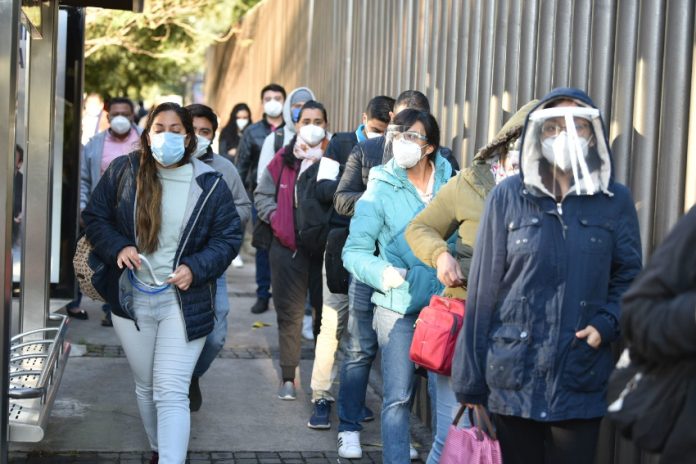A good friend of mine who’s part of Mexico’s Bienestar system (the public health system aimed at those who do not qualify for care through IMSS or ISSSTE or some employment-tied insurance system), recently had a health scare. A lump had formed in her breast, and it was hurting her more every day.
A mammogram revealed something that worried the doctor enough to send her for a biopsy. When she went to her designated hospital to make an appointment, she was told that there were no available appointments until January.
“January?!” I said, while I thought to myself, “If that’s what they think it is, she could be well past the point of no return by then.”
In the news last week was an article about how Mexico will be recruiting international medical specialists to fill open positions at IMSS hospitals, after having already planned to bring 500 Cuban doctors to fill positions earlier this year. We have a shortage of qualified Mexican doctors, the government claims.
Not so, doctors all over Mexico have responded. “We’re trying to find work and we can’t.”
So what’s going on here?
To find out, I spoke with several doctors throughout the country about what they were seeing “up close and personal” when it comes to hospitals and the public health system.
And like all things in life, the situation is more nuanced and complicated that it seems.
First, let’s talk about who gets to be a doctor in Mexico in the first place.
It’s competitive. University students can study medicine the way they study for any other major, and when they graduate, they’re officially “doctors.” This doesn’t mean that they can hang out their shingle right away, though. They must also complete a year of social service as well as other requirements to earn their right to legally practice as a “general doctor,” which is what the majority of the doctors in Mexico are.
The competition to become a specialist is even fiercer. For each medical specialty there are a certain number of residency program positions opened each year, for which there are thousands of applicants, who must take an exam known by its abbreviation, ENARM. The best scorers get a residency spot, but whether or not you “pass” the exam in any particular year depends on how many residency spots are available.
And as IMSS chief Zoé Robledo has said, 80% of applicants are rejected (luckily, the number of residency positions has recently improved).
A lack of interest among doctors in Mexico becoming specialists, there is not. But without participating in one of these residency programs, one cannot certify and practice as a specialist.
The logical conclusion? There can’t be enough specialists if you don’t let people through the gate in order to become specialists. And one of the major reasons that more residency positions are not open is because they’re expensive: residency students must all receive a scholarship while they’re practicing so that they can actually survive during that time.
I asked one doctor if he thought many of those rejected were qualified to enter residency programs. “Oh, certainly,” he said.
So the first issue is simply of supply and demand: lots of doctors want to specialize, and few are able to, meaning that most are relegated to continuing as general practitioners. Because of the nature of healthcare, we need “general practitioners” to be the biggest group anyway, but the “shortage” of specialists is directly linked to government-level decisions about how many Mexico can actually turn out each year.
Once doctors graduate from their residency programs, it’s time to find a job. If you are friends with any Mexican doctors, you have probably heard that the “holy grail” is a plaza (a permanent position not unlike tenure for a college professor) with Mexican Social Security (IMSS).
The number of plazas needed at any given hospital around the country, and for which specialties they’re for, is determined by the government rather than by individual hospitals. This means that while there might be truly urgent on-the-ground needs, there are not enough plaza positions available to fill the needs.
Most hospitals try to solve this issue by hiring low-paid contractors with promises of a plaza later on.
The issue is further complicated by, depending on the place, a lack of equipment and medicine to ensure that health professionals can actually perform their jobs, not to mention a lack of safety where these jobs are performed. This especially is the case in remote areas.
In a follow-up article, I’ll take a closer look at this system.
As for my friend, she’s going to be okay. After some major pain, she decided to go to the emergency room, where it was determined that it was an abscess, after all. Whew.
Sarah DeVries is a writer and translator based in Xalapa, Veracruz. She can be reached through her website, sdevrieswritingandtranslating.com
